A sample of Corriedale wool was recently donated to Canterbury Museum. Although small, the wool sample is a tangible link to a United Nations project that exported live sheep from New Zealand to China in 1947.
The export was a United Nations project to improve the quality of sheep in China and was one of the many programmes to offer relief to countries that had suffered invasion during World War Two.
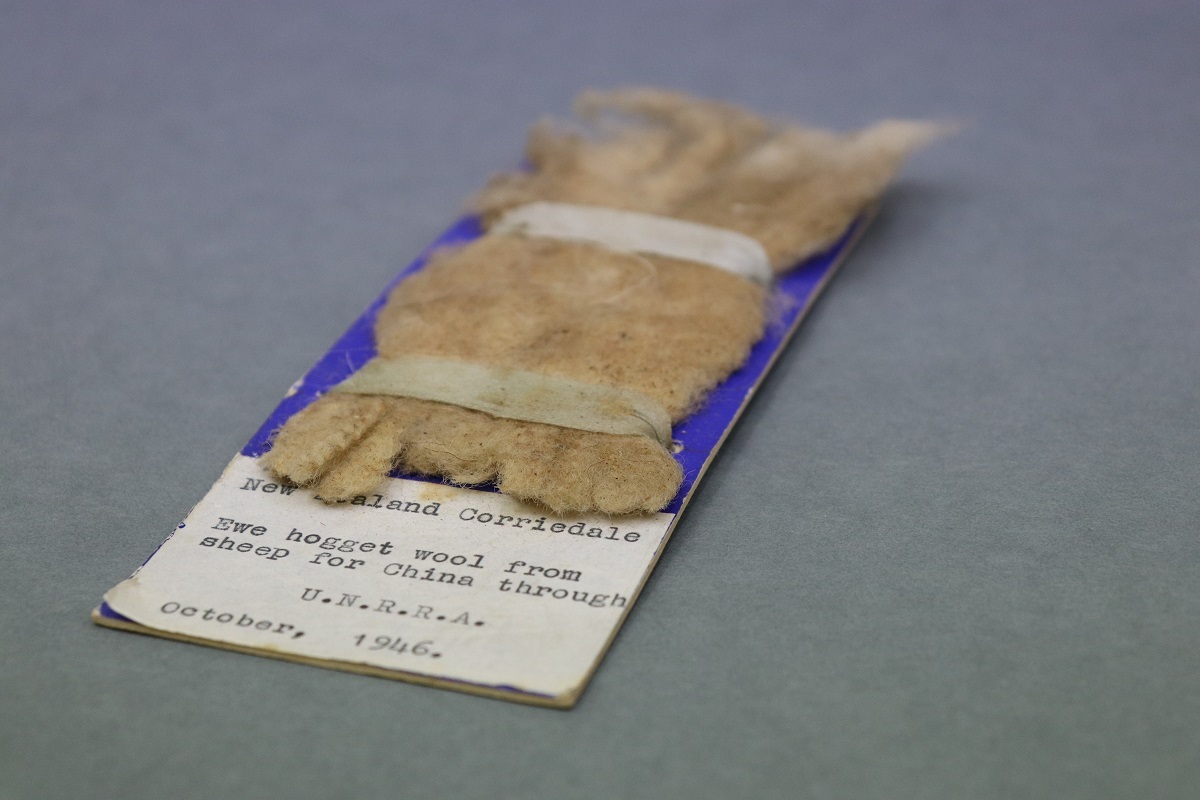
The wool sample, reports and several photographs were donated by Catherine Comber, the daughter of Henry Murdoch (Harry) Sievwright, a shepherd with the Department of Agriculture, who selected the sheep in Canterbury, accompanied them on their voyage and managed their distribution within China. A thousand Corriedale sheep were gifted to the project by the New Zealand Government with another small flock (25 stud ewes and 3 stud rams) gifted by the South Island Corriedale Breeders Association specifically for Rewi Alley’s Bailie School in Shandan.
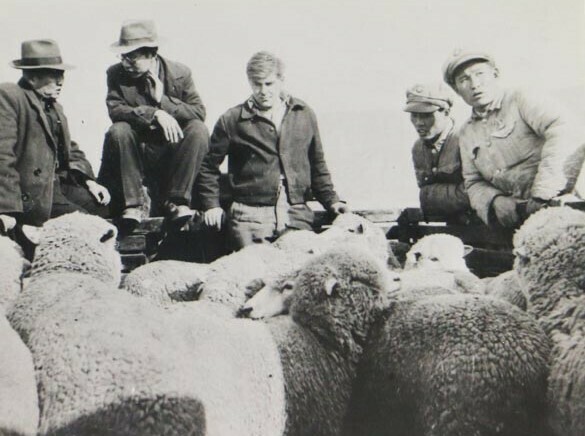
The sheep left Lyttelton in February 1947 on the SS Lindenwood Victory, a United States cargo ship built in an astonishing 70 days under the American Emergency Shipbuilding Program during World War Two. After the War it was one of more than 70 military vessels converted for transporting livestock. These ships were known colloquially as cowboy ships. The Lindenwood Victory called in at Auckland to load a mob of 406 Jersey, Friesian, Shorthorn and Ayrshire cattle and 25 Rhode Island Red chickens before leaving for Shanghai.
The arrival of the cowboy ship in Shanghai caused a great deal of interest and the China Press nicknamed the sheep distribution project Operation Bo-Peep.
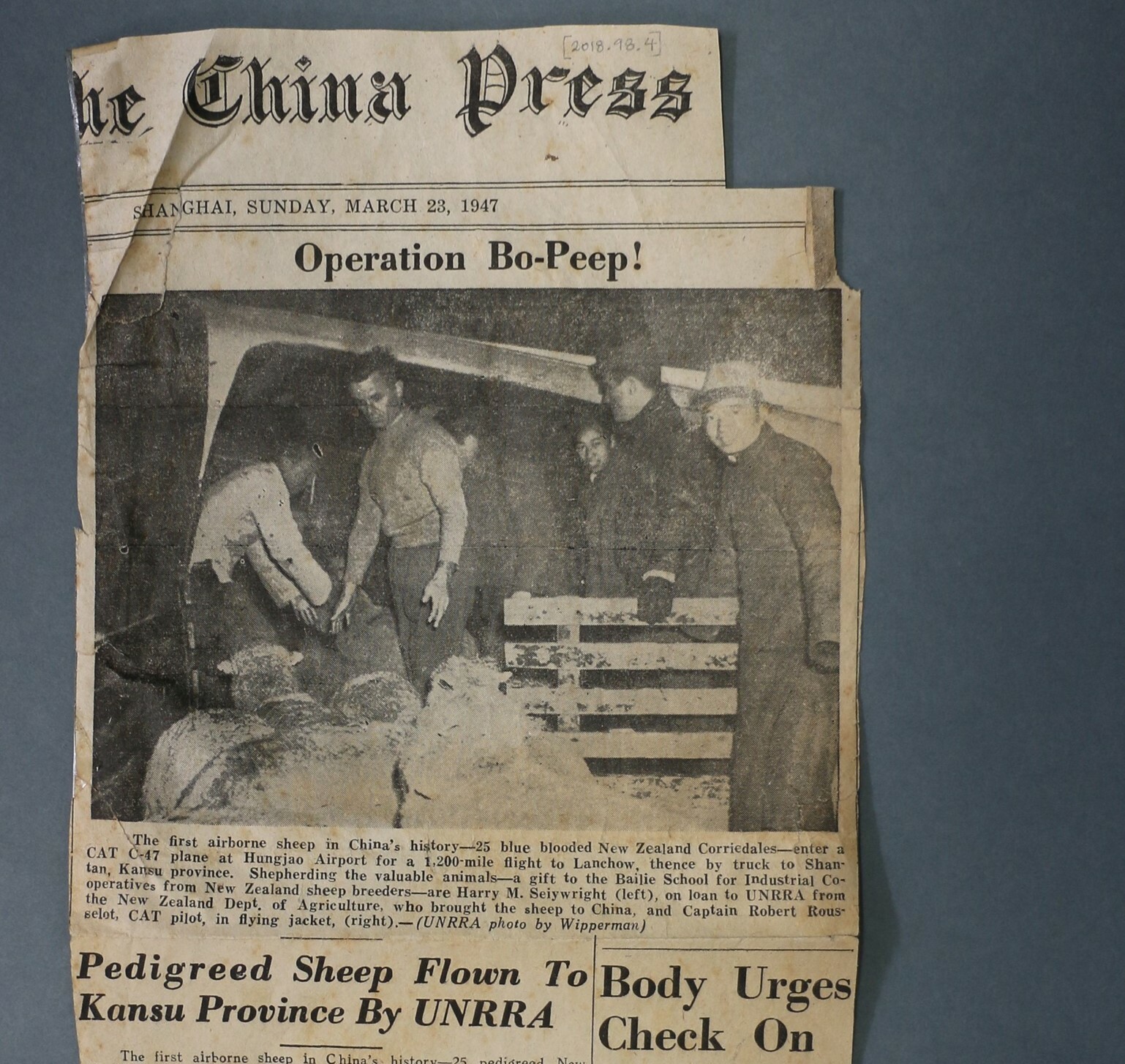
On 22 March the sheep for Rewi Alley’s School were flown in a Douglas C-47 Dakota (a military transport plane similar to a DC-3 airliner) 1,700 km to Lanzhou. These were the first airborne sheep in China’s history. The journey took eight and a half hours but Harry recalled: “The sheep showed no ill effects from the altitude and appeared to enjoy the pioneering of ‘air-droving’, over rugged mountain ranges of North West China, 14,000 feet above the mundane troubles of war, banditry and wolves.”
From Lanzhou it was a 3 day journey in a truck to get the sheep to Rewi Alley’s school in Shandan. Cantabrian Rewi Alley and Englishman George Hogg had started the Bailie School in 1944 to help boys and girls to develop practical skills that they could take back to their villages to help lift the standard of living.
The school already had 600 sheep, which were looked after by five shepherds and five dogs. Alley reported: “Wolves are very bad, but we do not have a rifle to go and hunt them away yet. There are also leopards.” The sheep were wintered on carrots, potatoes, bran and wheat chaff. Hot water was piped through their winter quarters to keep them warm at night.
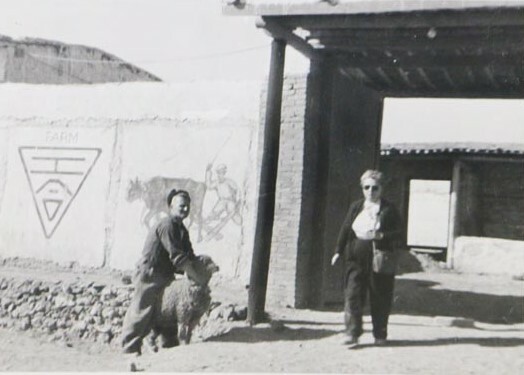
The New Zealand Corriedales would be bred with the existing flock to improve the quality of the wool (to make it suitable for clothing instead of carpets) but Harry knew that great care must be taken not to lose the existing stock’s strong constitution, disease resistance and “ability to search for food in sub-zero conditions.”
A further 425 sheep were flown to Gansu province in groups of about 40, with the return flights being loaded with pig bristles, which Harry described as “an important product of North-West China, whose chief products for sale are opium, carpet wool, pig’s bristles and (the tragedy of it!) baby girls, who are only more mouths to feed in this land of grinding poverty.”
Another 400 Corriedales were flown from Nanjing to Hankou (Hankow) and some of these sheep were rafted down the Huang He (Yellow) River to remote rural areas. Remarkably the rafts for transporting the sheep were made from inflated sheepskins.
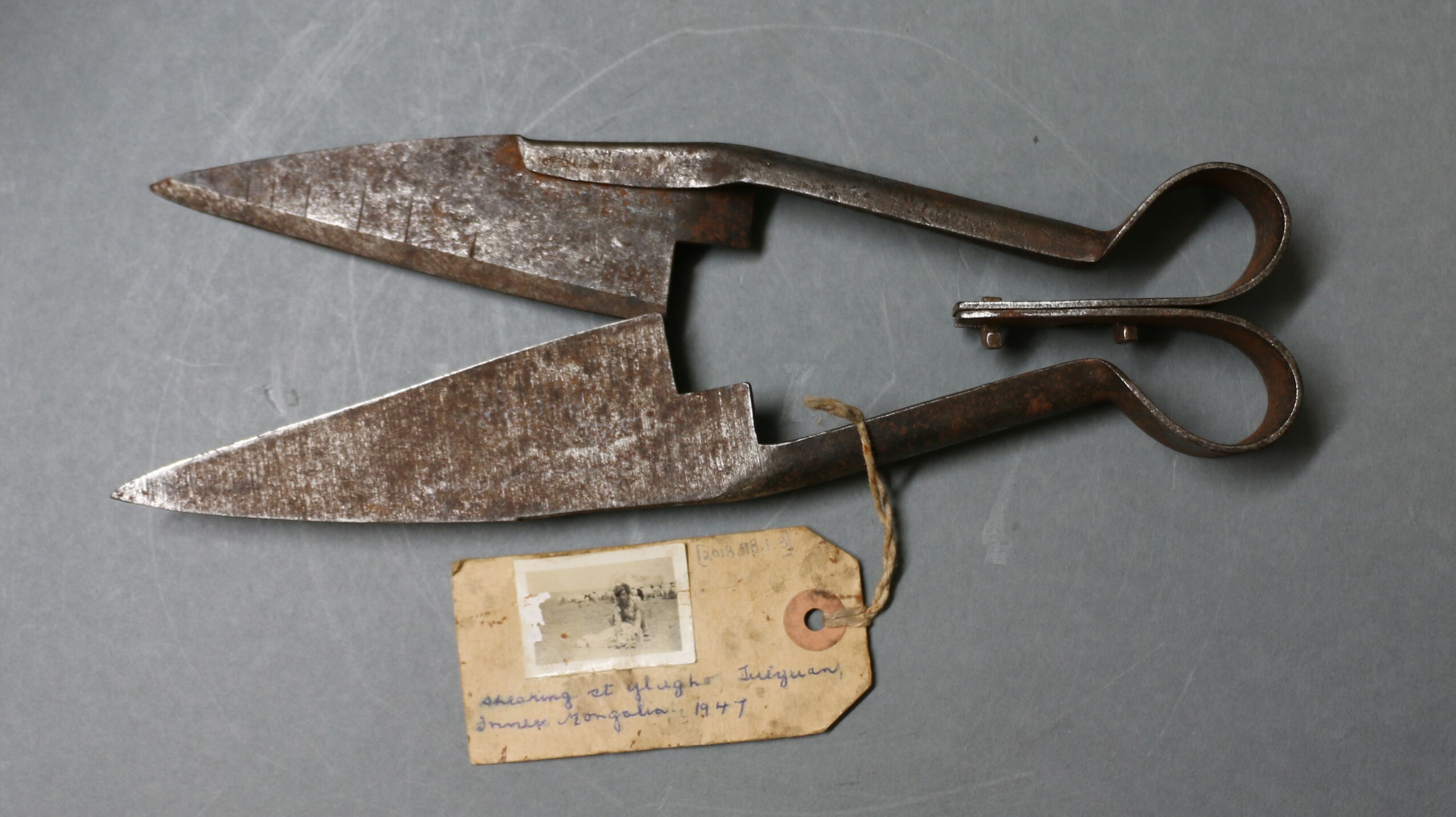
After a 6-month stay, Harry Sievwright returned home to his family, bringing with him items collected during his visit. Several pairs of sheep shears, a felted wool cape and hat set from Mongolia, reports written by Harry and several photographs have been donated to the Museum by his daughter and complement items connected to the visit donated by Harry’s wife Annette during the 1970s.
The Corriedales at Bailie School appear to have had a hard time of it in the barren Shandan area. A news article from 1950 reported their feed had to be supplemented with a "special preparation of meal and peas" during winter. Two of the three rams had died by 1950, but the surviving Corriedales had bred with the local flock and with five hardy Hissardale rams supplied to the school by the Government of India.





